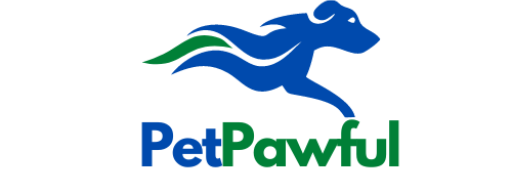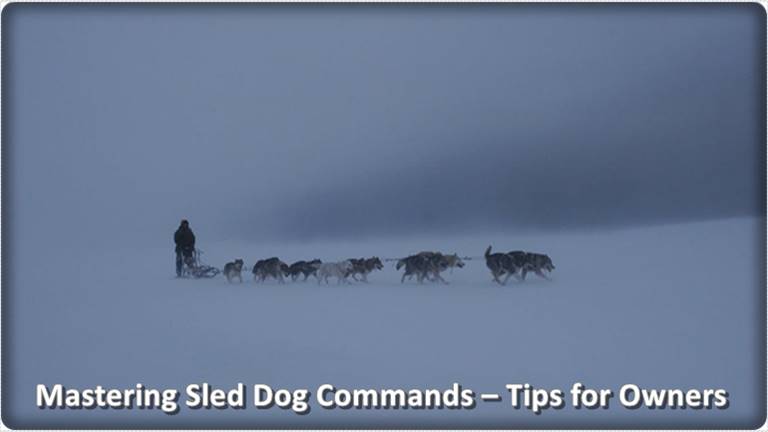Sled dogs are used for a variety of activities, such as racing, touring, weight pulling, and skijoring. To train and control a sled dog team effectively and efficiently, it is important to understand the basic commands and their meanings.
This section will discuss the basics of sled dog commands and provide an overview of their uses. We will look at the different types of commands, as well as their purpose and function.
With the right understanding and practice, you can use these commands to maximize the performance of your team and ensure a safe, enjoyable experience for both you and your dogs.
The Most Common Sled Dog Commands
- “Hike” – for starting the journey or increasing the speed
- “Gee” – to turn right
- “Haw” – to turn left
- “On By” – to pass a distraction without stopping or attacking
- “Whoa” – to stop
- “Easy” – to encourage the dogs to relax and slow down
- “Tighten Up” – to call the dogs closer together or move closer to the sled
- “Lead Out” – to instruct the dogs to leave the starting line
- “Easy Swing” – to tell the dogs to move in a wide arc while turning corners
- “Line Out” – to tell the dogs to move in a straight line
Understanding Your Sled Dog’s Behavior
As a sled dog owner, it is crucial to understand your dog’s behavior to maintain a healthy relationship with them. Knowing whether your dog is content, anxious, or scared can help you respond appropriately to their needs. Tail wagging is one of the most common ways sled dogs show contentment. A wagging tail means they are feeling happy and good.
Yawning is another sign of comfort and relaxation. Panting regulates body temperature but can also indicate anxiety or stress, so it is essential to consider other contextual cues. Sled dogs may crouch, look away, cower, or growl if they feel threatened or anxious, and owners should intervene in these situations. Licking is a sign of affection and trust, but chewing on toys or blankets may indicate boredom or anxiety.
Owners should provide adequate exercise and stimulation to alleviate these behaviors. It is important to interpret dog’s behavior based on context and other cues. By paying attention to common behavioral cues, sled dog owners can improve their communication with their pets and build a strong relationship.
Bonus Info: What is Sled Dog Harness?
A sled dog harness is a specially designed harness worn by these dogs that is attached to the sled or other equipment, such as a sled dog scooter or skijoring harness. The harness is used to distribute the weight of the sled or equipment across the dog’s body, allowing the dog to pull with maximum efficiency and reducing the risk of injury.
A sled dog harness typically consists of a padded collar or neck piece, a chest strap, and a back strap that connects the harness to the sled or other equipment. The design of the harness varies depending on the type of activity and the size and breed of the dog.
Conclusion
In conclusion, mastering sled dog commands and understanding your pet’s behavior are essential for a successful sled dog team. The most common sled dog commands serve specific purposes and can be used to maximize the performance of your team while ensuring safety.
Proper communication between sled dog owners and their pets is crucial for building a healthy and strong relationship.
By paying attention to common behavioral cues and providing adequate exercise and stimulation, sled dog owners can create a comfortable and enjoyable environment for their dogs. With the right training, practice, and care, sled dogs can thrive and perform at their best.
Related:
12 Amazing Tricks Your Labrador Can Learn
Why Do Dogs Eat Dead Bees? Mystery Solved


